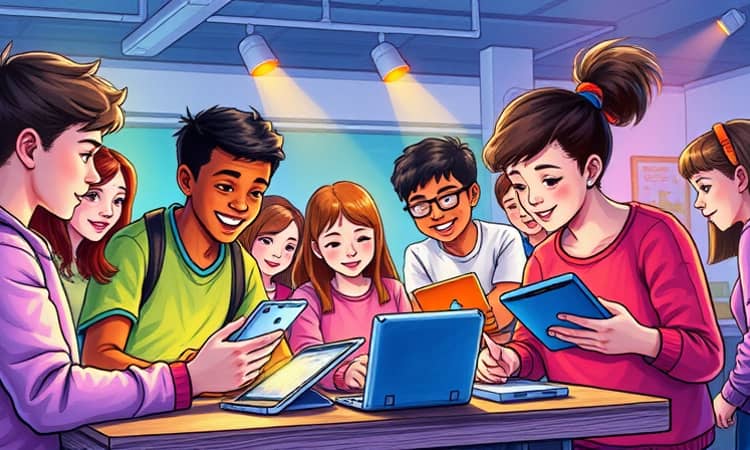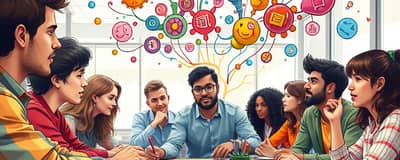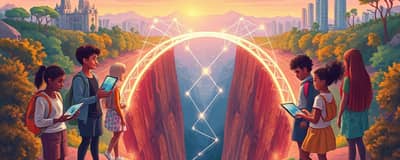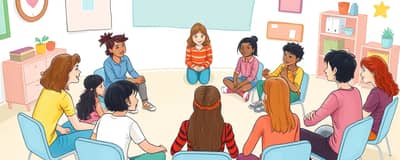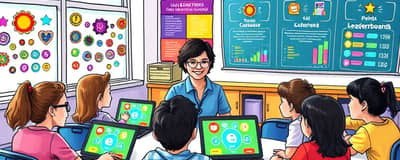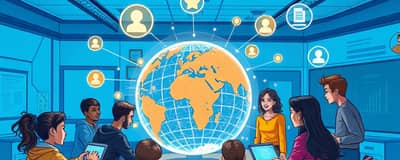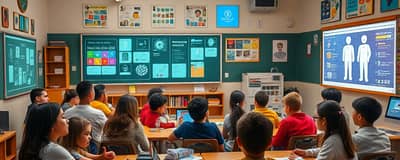In an era where one-size-fits-all schooling no longer suffices, tailoring lessons to individual strengths is transforming how students learn and thrive.
Understanding Personalized Education
Personalized education is an approach that adapts to each learner’s unique profile, considering their learning styles, interests, and pace. Rather than forcing every student down the same path, it creates custom learning journeys for every individual.
At its core, this model blends differentiated instruction with collaborative technology, empowering educators to design flexible, self-paced environments. By integrating expert insights and adaptive software, personalized learning reimagines the classroom as a dynamic space where students take ownership of their growth.
Transformative Benefits for Students
When education aligns with personal strengths and passions, students experience a profound shift in motivation and performance. Research highlights significant gains in both math and reading when learners control their own pace.
- Self-Paced Mastery and Confidence: Students build deeper understanding by progressing only when they’re ready.
- Enhanced Engagement Through Relevance: Topics tied to interests spark curiosity and sustained focus.
- Improved Retention and Performance: Customized assessments boost memory recall and test scores.
- Autonomy in Learning Decisions: Learners choose resources and strategies that suit their preferences.
- Flexible Access Anytime, Anywhere: On-demand materials support those with busy schedules or special needs.
Advantages for Educational Institutions
School-wide adoption of personalized learning can reshape institutional metrics. When teaching adapts to real student needs, attendance rises, dropout rates fall, and overall achievement climbs.
By minimizing reliance on standardized tests, educators gain the freedom to innovate lesson plans and assessment methods. This shift not only levels the playing field for diverse skill levels but also fosters a culture of continuous improvement.
Preparing for the Future
In a rapidly evolving workforce, employees are valued for their ability to adapt, solve problems, and leverage technology. Personalized education cultivates these competencies early on.
Through customized projects and digital simulations, students develop critical information and digital literacy, positioning them for success in 21st-century careers. This forward-thinking model ensures learners graduate with both knowledge and the agility to apply it in novel contexts.
Strategies for Effective Implementation
Transitioning to personalized learning demands thoughtful planning and innovative classroom design. The following strategies have proven effective across diverse educational settings:
- Flexible Seating and Spaces: Arrangements like circles, horseshoes, and mobile furniture promote collaboration and comfort.
- Customized Learning Playlists: Curated activity lists allow learners to select tasks aligned with their goals.
- Gamification and Immersive Technologies: Virtual Reality and Augmented Reality simulations enhance engagement and real-world application.
- Collaborative Cohorts: Small groups working on parallel objectives reinforce peer support and accountability.
Harnessing Data and Technology
Modern personalized learning relies on robust data systems that deliver real-time, actionable feedback to both students and educators. Learning analytics platforms track progress, identify misconceptions, and recommend tailored resources.
Moreover, strategic use of student information platforms and communication tools streamlines lesson planning and progress monitoring, even in large classes. This technological backbone ensures that personalization scales without overwhelming teachers.
Overcoming Challenges and Embracing Change
Shifting from traditional to personalized models requires more than new software—it demands a paradigm shift. Institutions must allocate resources for technology, provide ongoing professional development, and cultivate leadership that champions innovation.
Teachers need support to master new facilitation techniques and to balance individualized guidance with collective instruction. With dedicated training and collaborative planning, educators can confidently navigate this transformation.
Looking Ahead: Trends and Innovations
Recent reports reveal a surge in demand for personalized learning solutions among students, parents, and educators alike. Advances in AI-driven tutoring, adaptive assessments, and immersive classroom designs continue to push boundaries.
As the movement gains momentum, schools are developing richer learner profiles that capture not only academic achievements but also interests, aspirations, and social-emotional skills. This holistic view enables truly meaningful, student-centered educational journeys.
By embracing personalization, we stand at the threshold of an educational renaissance—one where every learner’s potential can be fully realized. The path forward may require effort and adaptation, but the promise of empowered, lifelong learners makes it a journey worth undertaking.
References
- https://www.hmhco.com/blog/benefits-of-personalized-learning
- https://www.ringcentral.com/us/en/blog/benefits-personalized-learning/
- https://elearningindustry.com/from-one-size-fits-all-to-tailored-online-education-advantages-of-personalized-learning
- https://www.apu.apus.edu/area-of-study/education/resources/the-benefits-of-personalized-learning/
- https://online.wilson.edu/resources/the-future-of-personalization/
- https://www.hurix.com/blogs/ten-strategies-for-personalized-learning-experiences-for-better-student-engagement/
- https://pmc.ncbi.nlm.nih.gov/articles/PMC6715310/

